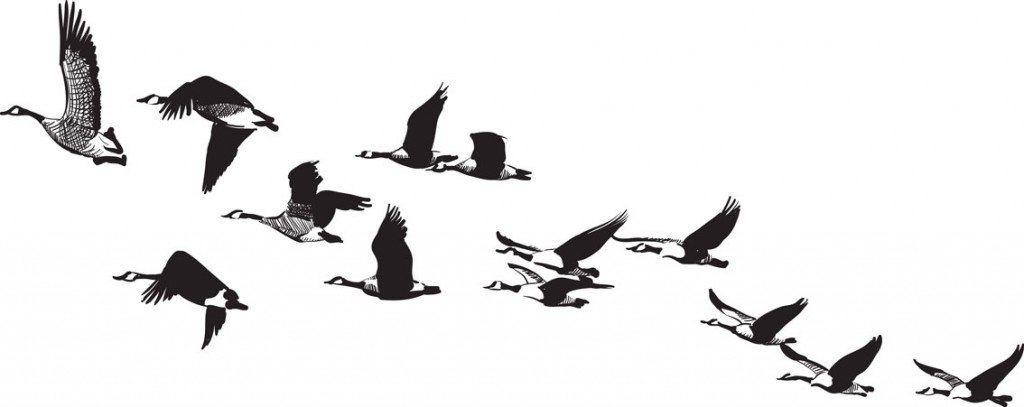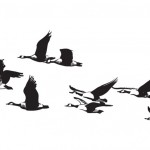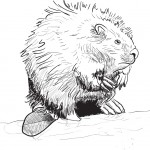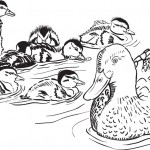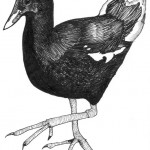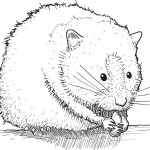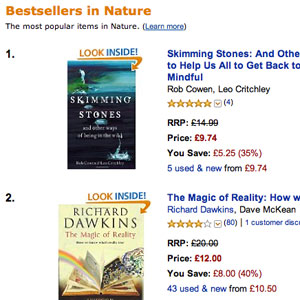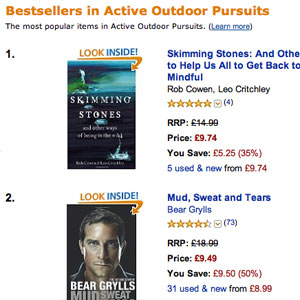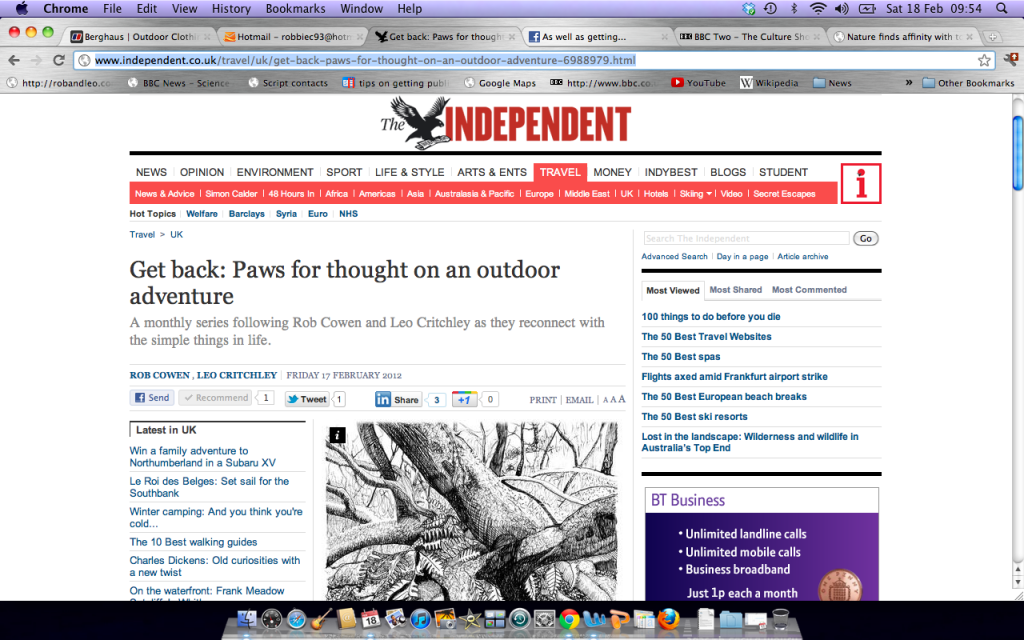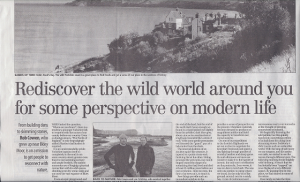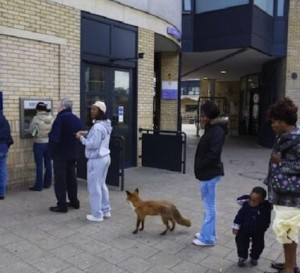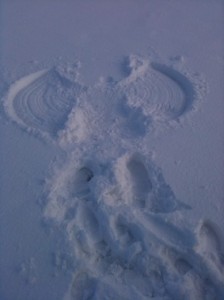Christmas came early for me in 2010. I emerged from Kentish Town underground into falling snow and my leg buzzed into life with answer phone messages from a literary agent and a record label. I learnt in quick succession that in little over a year I would be having a book published and an album released. What’s more, they wouldn’t just be coming out in the same year and the same month, but in the same week.
I broke the news to Leo, as well as the rest of my band, before heading to the pub to celebrate. Looking back, I probably should have been more worried about the challenge that lay ahead. After all, although the book had been planned out and written up into a proposal, only the first chapter was actually finished. Although some songs were recorded, I wanted the album to be a coherent and progressive piece of work. An album of the old school vein, it had to span a whole raft of themes, not just be a collection of tunes.
 As you would imagine from its title, writing Skimming Stones and Other Ways of Being in the Wild required a lot of time spent outdoors. The book is about the simple things that we can all try that help us draw closer to, and reconnect with, nature; the importance of being, in every sense of that word, in the wild. It was going to be an amazing journey; a year of carving elder whistles in far-flung corners of woodland, building igloos on snow-topped mountains, sleeping in leaf shelters and cooking up on campfires under a clear canopy of stars. What it could not be was rushed.
As you would imagine from its title, writing Skimming Stones and Other Ways of Being in the Wild required a lot of time spent outdoors. The book is about the simple things that we can all try that help us draw closer to, and reconnect with, nature; the importance of being, in every sense of that word, in the wild. It was going to be an amazing journey; a year of carving elder whistles in far-flung corners of woodland, building igloos on snow-topped mountains, sleeping in leaf shelters and cooking up on campfires under a clear canopy of stars. What it could not be was rushed.
Leo and I circled the days we would be travelling and writing. The few windows left for creating and recording an album seemed too few; they would need to feature nose-to-the-grindstone songwriting and studio time. It was hardly the Rolling Stones-style ‘year-on-a-Caribbean-beach-polishing-off-chord-sequences-with-a-pina-colada’ I had imagined.
 So, how do you write a book and album in a year? Well they say if you want a job doing, give it to a busy man. In my favour, I have always written words and music simultaneously. I see no real difference in the creative process of either. Some ideas turn out to be a nice paragraph, others fit perfectly with a chord sequence. I am drawn to writers whose lines seem musical too; Roger Deakin’s nature writing, Dylan Thomas’ prose, Kerouac’s jazz-like rambles. Similarly, I have always been a lyrics man and it is the more narrative musicians that affect me most. I was also lucky that I was working with Leo and the boys in the band – all stagger me with their talent and ability to realise a vision.
So, how do you write a book and album in a year? Well they say if you want a job doing, give it to a busy man. In my favour, I have always written words and music simultaneously. I see no real difference in the creative process of either. Some ideas turn out to be a nice paragraph, others fit perfectly with a chord sequence. I am drawn to writers whose lines seem musical too; Roger Deakin’s nature writing, Dylan Thomas’ prose, Kerouac’s jazz-like rambles. Similarly, I have always been a lyrics man and it is the more narrative musicians that affect me most. I was also lucky that I was working with Leo and the boys in the band – all stagger me with their talent and ability to realise a vision.
It was last February, that Leo and I bundled out of London to track animals in through the snow and mud of wintry West Wales. We were soon following a fox’s prints into a dark wood. Holed up and waiting for its return as night fell seemed unnatural and unnerving. We talked in hushed whispers about things neither of us had discussed with each other before, our childhoods, growing up. Over those first few weeks writing we came back to the point time and again, that as we look more closely into the land we invariably look more closely into ourselves. It was something that would become a defining element to the book. It became more reflective, more philosophical. As well as imparting the techniques for the simple things that draw us closer to nature, we were writing about its impact on us too, the benefits of birdsong on the human brain or how finding a fossil can bring a unique and important perspective on our own life and death.
This changed my songwriting too. It became rawer, as honest as I could stand to make it, exploring something of what it is to be alive in Britain today. One night I watched a video of that punk pioneer Malcolm McLaren railing against what he saw as the burgeoning ‘karaoke culture’ and calling for people to be true to themselves, to create. This struck a chord with me. I started thinking of songwriting as a process indistinct from chopping wood; it has to have our sinews, sweat and tears.
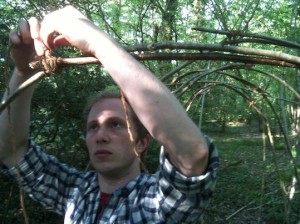 As I wrote, surprising crossovers between the book and album began emerging. Leo and I had found a unified voice easily and we were writing of the change that occurs when we take the time to leave the urban and walk out into the wild. These are experiences that can be heard on the album too; as we spent days doing things I had last done as a boy, I remembered things from my childhood I had thought forgotten. This gave rise to songs like ‘Sleeping in the Woods’ and ‘The Fire’: “Somehow I felt peaceful there, flames licking up the cool, night air. Wind whispering through the telegraph wire, singing to the fire.”
As I wrote, surprising crossovers between the book and album began emerging. Leo and I had found a unified voice easily and we were writing of the change that occurs when we take the time to leave the urban and walk out into the wild. These are experiences that can be heard on the album too; as we spent days doing things I had last done as a boy, I remembered things from my childhood I had thought forgotten. This gave rise to songs like ‘Sleeping in the Woods’ and ‘The Fire’: “Somehow I felt peaceful there, flames licking up the cool, night air. Wind whispering through the telegraph wire, singing to the fire.”
In finding the voice for the book, I had stumbled on my songwriting voice too, a voice I’d been chasing down and trying to perfect for nearly twenty years.
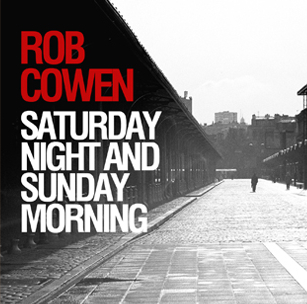 The rest of the band began to expect something new to learn every time we rehearsed. We had hit a rich seam and it soon became clear that we were really recording a double album: side one the full-band, epic-folk sound of a Saturday night, that feeling that no matter who you are, where you live or what job you do, the world is yours. Side two, the Sunday morning, was a dark dawn. The same things but viewed from the other side; faith, hope, love in the cold light of day. It was something we could all relate to. The characters were drawn from reality, people trying to make something for themselves, sometimes soaring, and sometimes falling.
The rest of the band began to expect something new to learn every time we rehearsed. We had hit a rich seam and it soon became clear that we were really recording a double album: side one the full-band, epic-folk sound of a Saturday night, that feeling that no matter who you are, where you live or what job you do, the world is yours. Side two, the Sunday morning, was a dark dawn. The same things but viewed from the other side; faith, hope, love in the cold light of day. It was something we could all relate to. The characters were drawn from reality, people trying to make something for themselves, sometimes soaring, and sometimes falling.
It strikes me now that the book and the album are about the same thing: learning to live in the place we find ourselves, both physically and mentally. Creating them at the same time meant each had a profound influence on the other; this gave me a new way of writing. Perhaps, ultimately, it was the making of both.

– Rob – 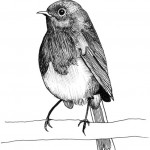
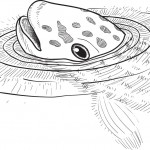

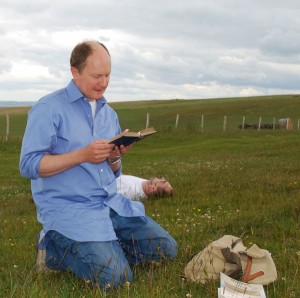 SATURDAY 28 APRIL 2012, 10.00-17:30
SATURDAY 28 APRIL 2012, 10.00-17:30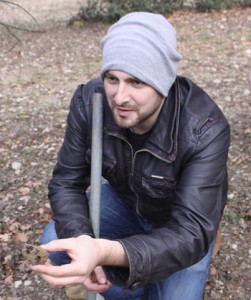 Join three of the UK’s most exciting nature writers for an adventure in the heart of the city. Gavin Pretor-Pinney will show us how to appreciate the great urban wilderness of the sky and capture it on paper. Rob Cowen and Leo Critchley will teach us how to track animals and forage wild fruit.
Join three of the UK’s most exciting nature writers for an adventure in the heart of the city. Gavin Pretor-Pinney will show us how to appreciate the great urban wilderness of the sky and capture it on paper. Rob Cowen and Leo Critchley will teach us how to track animals and forage wild fruit.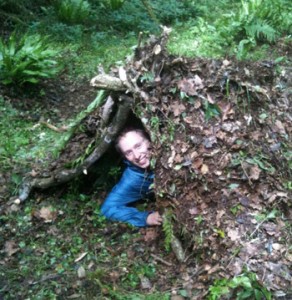 Rob Cowen and Leo Critchley have just published their first book,
Rob Cowen and Leo Critchley have just published their first book, 